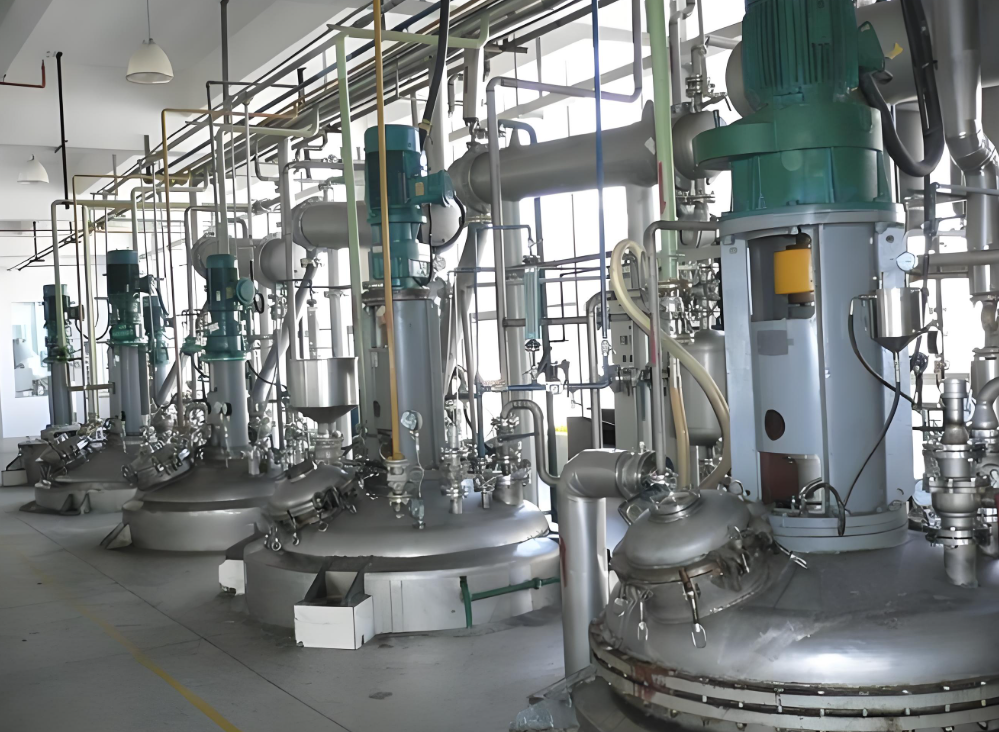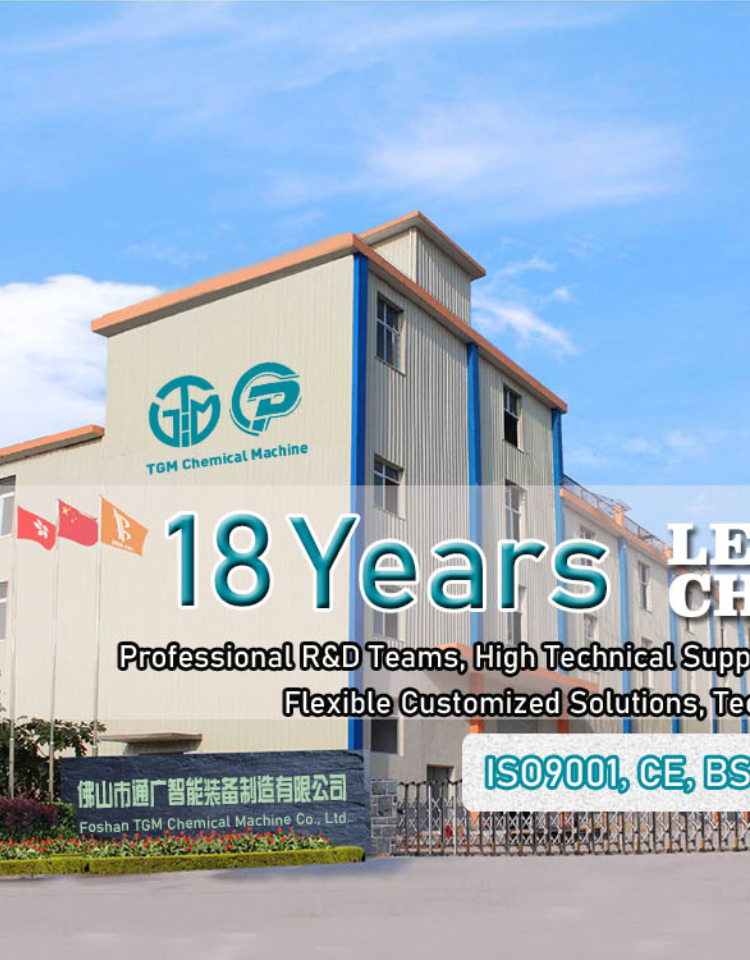Email cannot be empty
Password cannot be empty
Email format error
Email cannot be empty
Email already exists
6-20 characters(letters plus numbers only)
The password is inconsistent
Email format error
Email cannot be empty
Email does not exist
6-20 characters(letters plus numbers only)
The password is inconsistent


BOPP Adhesive Production Line: A Comprehensive Guide
Introduction
Biaxially Oriented Polypropylene (BOPP) adhesives are essential for packaging, labeling, and lamination industries. These specialized adhesives provide excellent bonding strength, clarity, and moisture resistance for BOPP films. In this blog, we'll explore the BOPP adhesive production line, covering raw materials, manufacturing processes, key equipment, and industry applications.
1. Raw Materials for BOPP Adhesive Production
The formulation of BOPP adhesives typically includes:
-
Base Polymers (Acrylics, polyurethanes, or rubber-based resins)
-
Tackifiers (Rosin esters, hydrocarbon resins)
-
Solvents (Toluene, ethyl acetate, or water for solvent-based/water-based variants)
-
Additives (Plasticizers, stabilizers, cross-linking agents)
-
Fillers (Optional for viscosity adjustment)
2. BOPP Adhesive Production Process
The manufacturing process varies slightly between solvent-based and water-based adhesives but generally follows these stages:
A. Pre-Mixing & Dissolution
-
Base polymers and tackifiers are loaded into a high-shear mixer.
-
Solvents are gradually added under controlled temperature (50-80°C) to dissolve solids completely.
-
The mixture is agitated until a homogeneous solution is achieved.
B. Formulation & Additive Incorporation
-
Plasticizers, stabilizers, and other additives are blended in.
-
For water-based adhesives, emulsifiers help disperse polymers uniformly.
-
Viscosity is adjusted to meet application requirements.
C. Filtration & Degassing
-
The adhesive passes through cartridge filters (5-50 micron) to remove impurities.
-
A vacuum degassing system eliminates air bubbles for consistent coating performance.
D. Quality Control & Packaging
-
Key parameters (viscosity, solids content, pH) are tested.
-
Final product is packed in steel drums, IBCs, or bulk tanks with moisture-proof sealing.
3. Key Equipment in a BOPP Adhesive Production Line
-
High-shear mixer (Stainless steel, with heating/cooling jacket)
-
Solvent recovery system (For eco-friendly production)
-
Filtration unit (Multi-stage filtration for purity)
-
Storage tanks (Agitated tanks to prevent settling)
-
Packaging line (Automatic filling & sealing)
-
Testing lab equipment (Viscometers, pH meters, coating testers)
4. Quality Control & Performance Testing
BOPP adhesives undergo rigorous testing:
-
Viscosity (Brookfield viscometer, ASTM D2196)
-
Peel Strength (ASTM D3330 on BOPP films)
-
Heat Resistance (Peel test after heat aging)
-
Clarity & Yellowing Index (Spectrophotometer analysis)
-
Drying Time (Under simulated production conditions)
5. Applications of BOPP Adhesives
-
Flexible Packaging (Food bags, snack wrappers)
-
Labeling (PP bottle labels, shrink sleeves)
-
Lamination (BOPP/metallic film bonding)
-
Tapes (Transparent packaging tapes)
6. Industry Trends & Advancements
-
Shift to water-based formulations for VOC compliance
-
UV-curable BOPP adhesives for instant curing
-
Bio-based tackifiers for sustainable packaging
-
High-speed coating compatibility for modern production lines
Conclusion
The BOPP adhesive production line combines precise formulation, efficient mixing, and strict quality control to deliver adhesives that meet the demanding requirements of modern packaging. With evolving environmental regulations, manufacturers are increasingly adopting water-based and low-VOC technologies without compromising performance.

